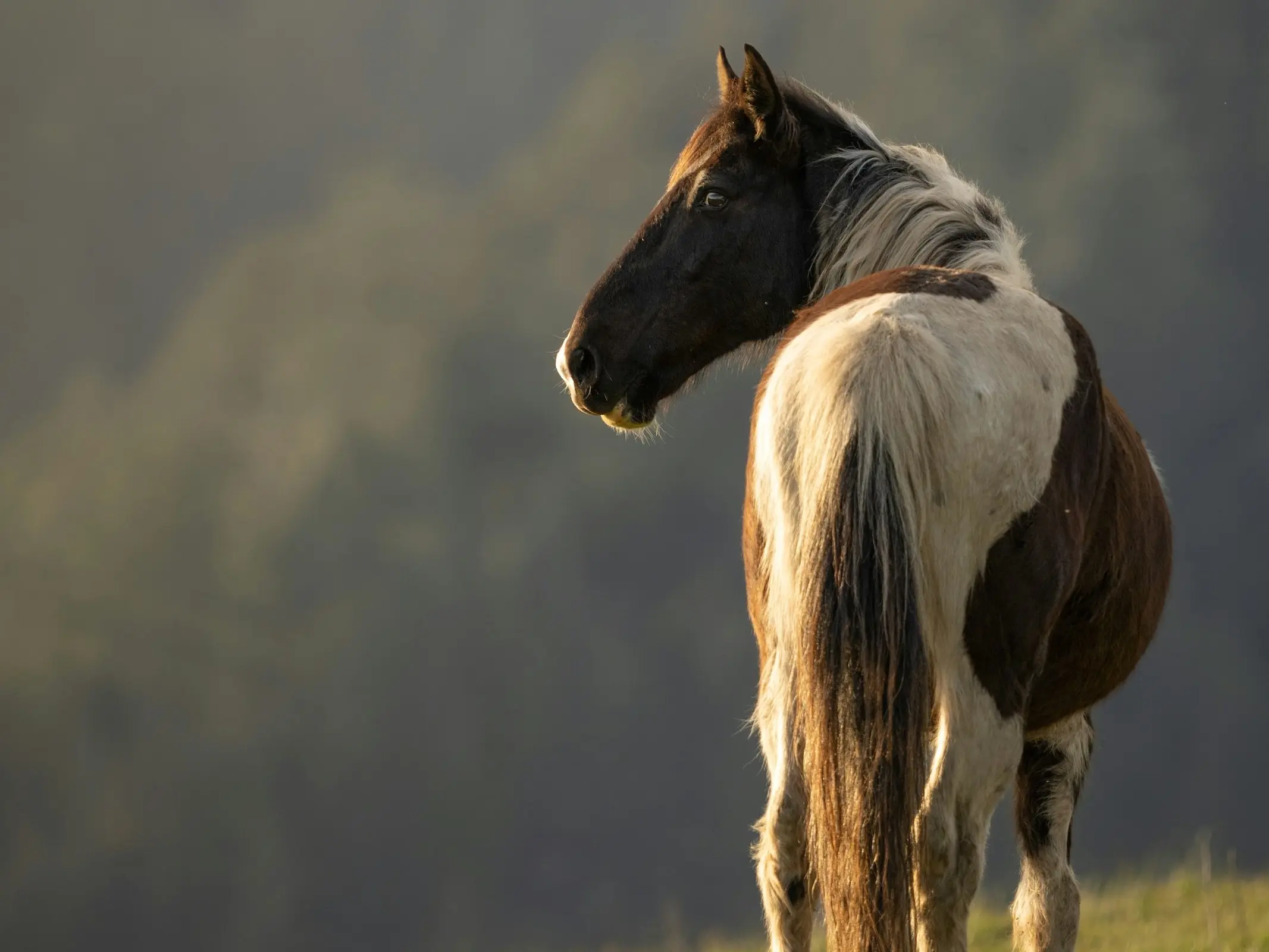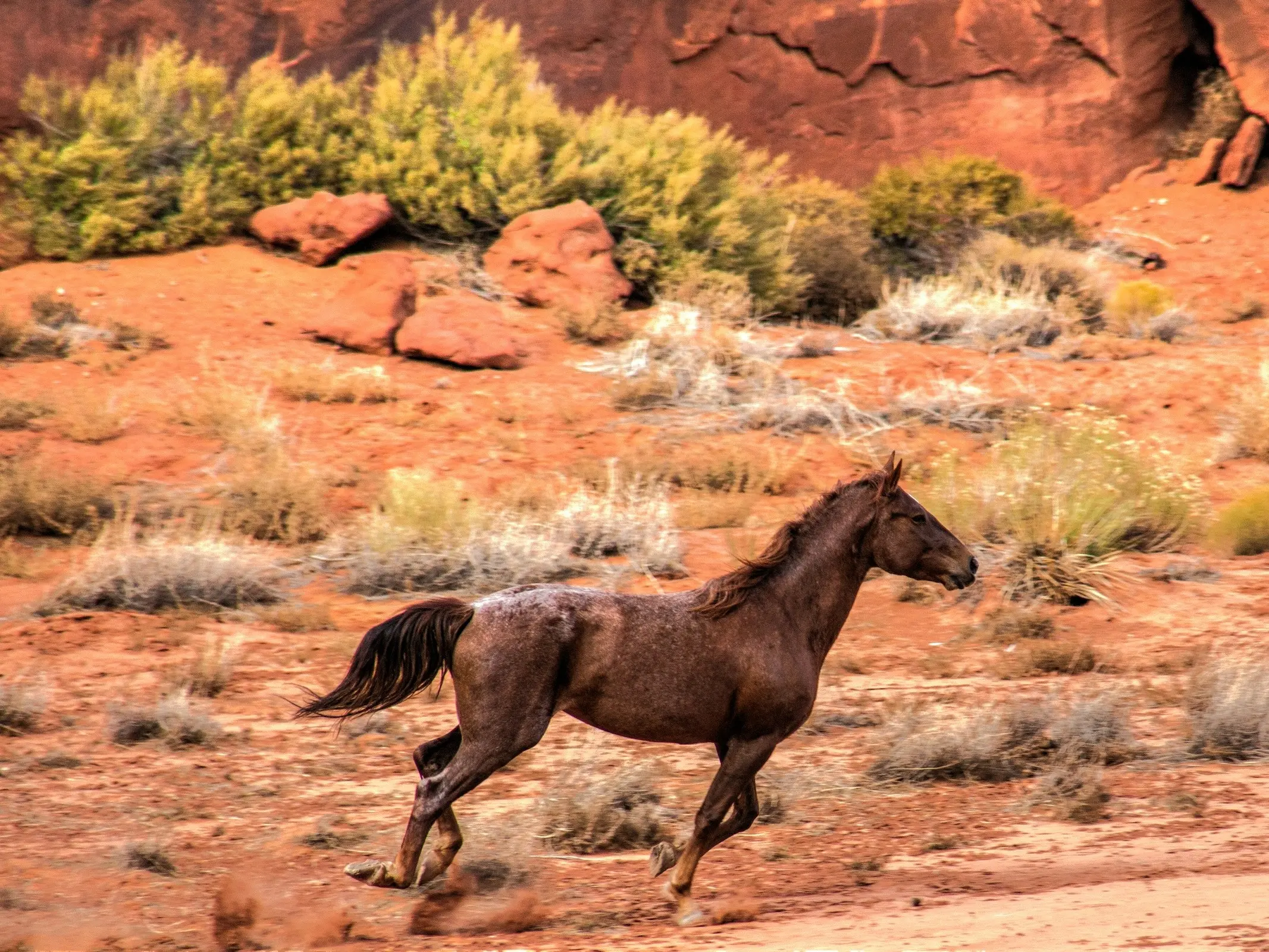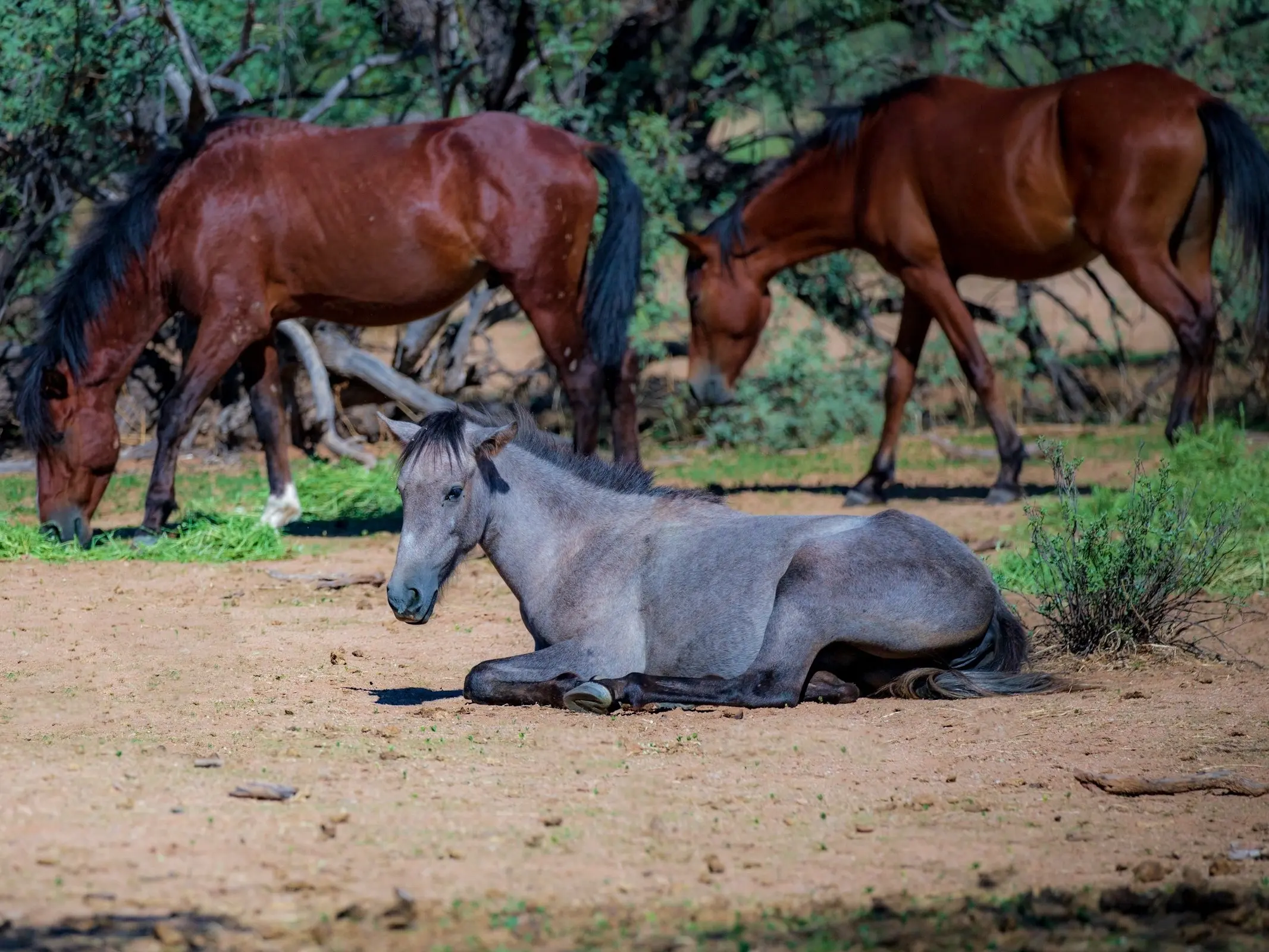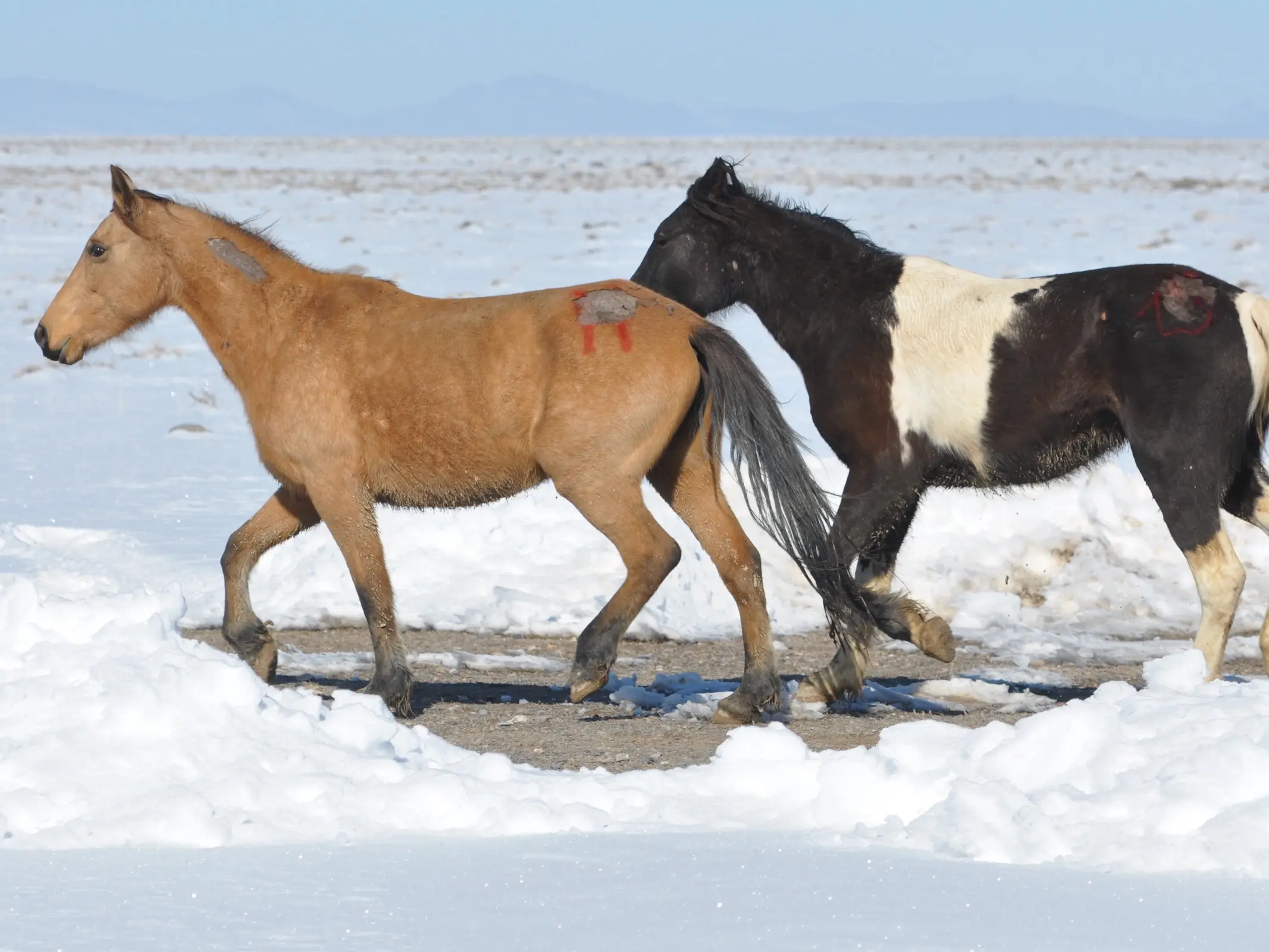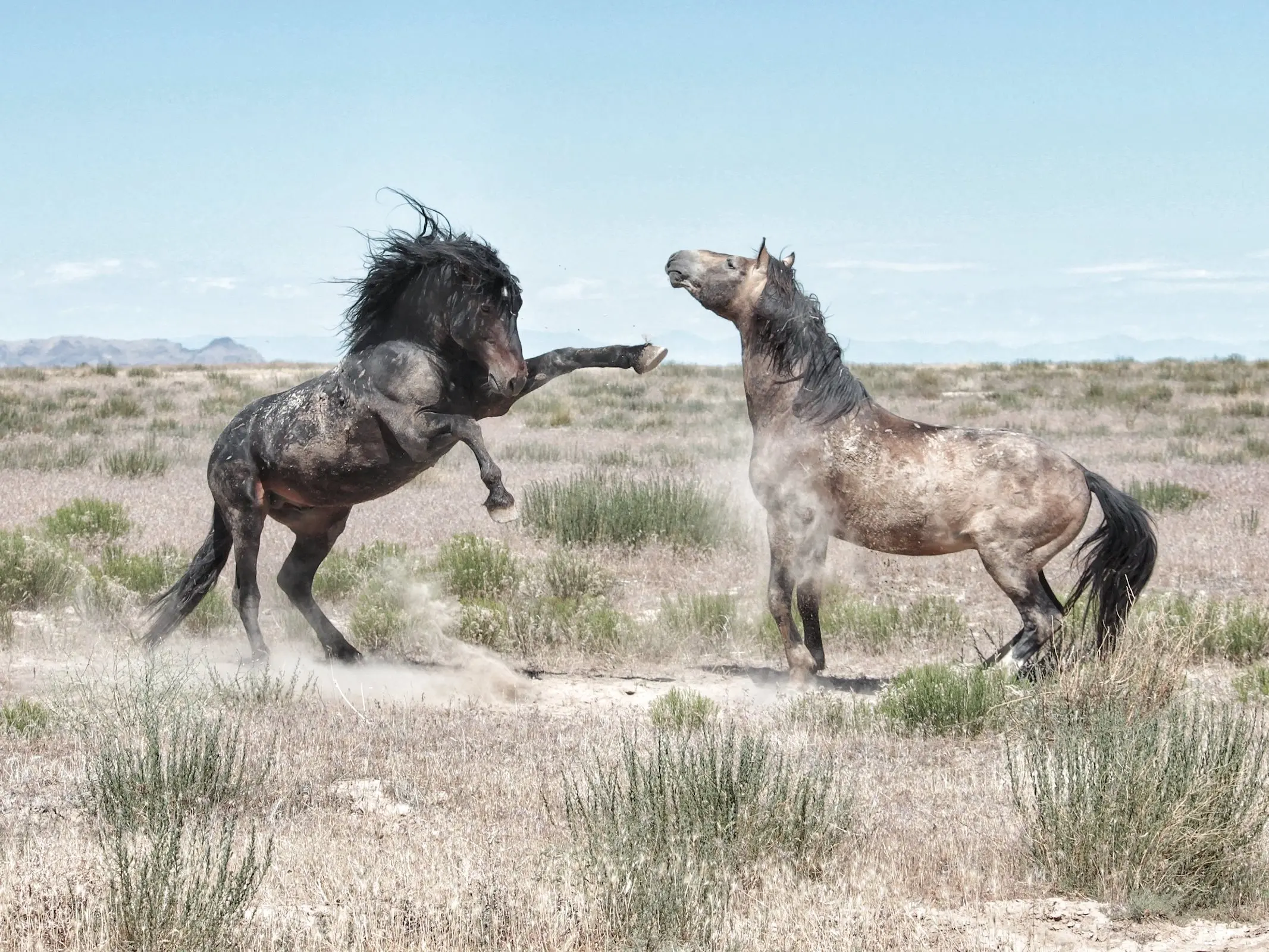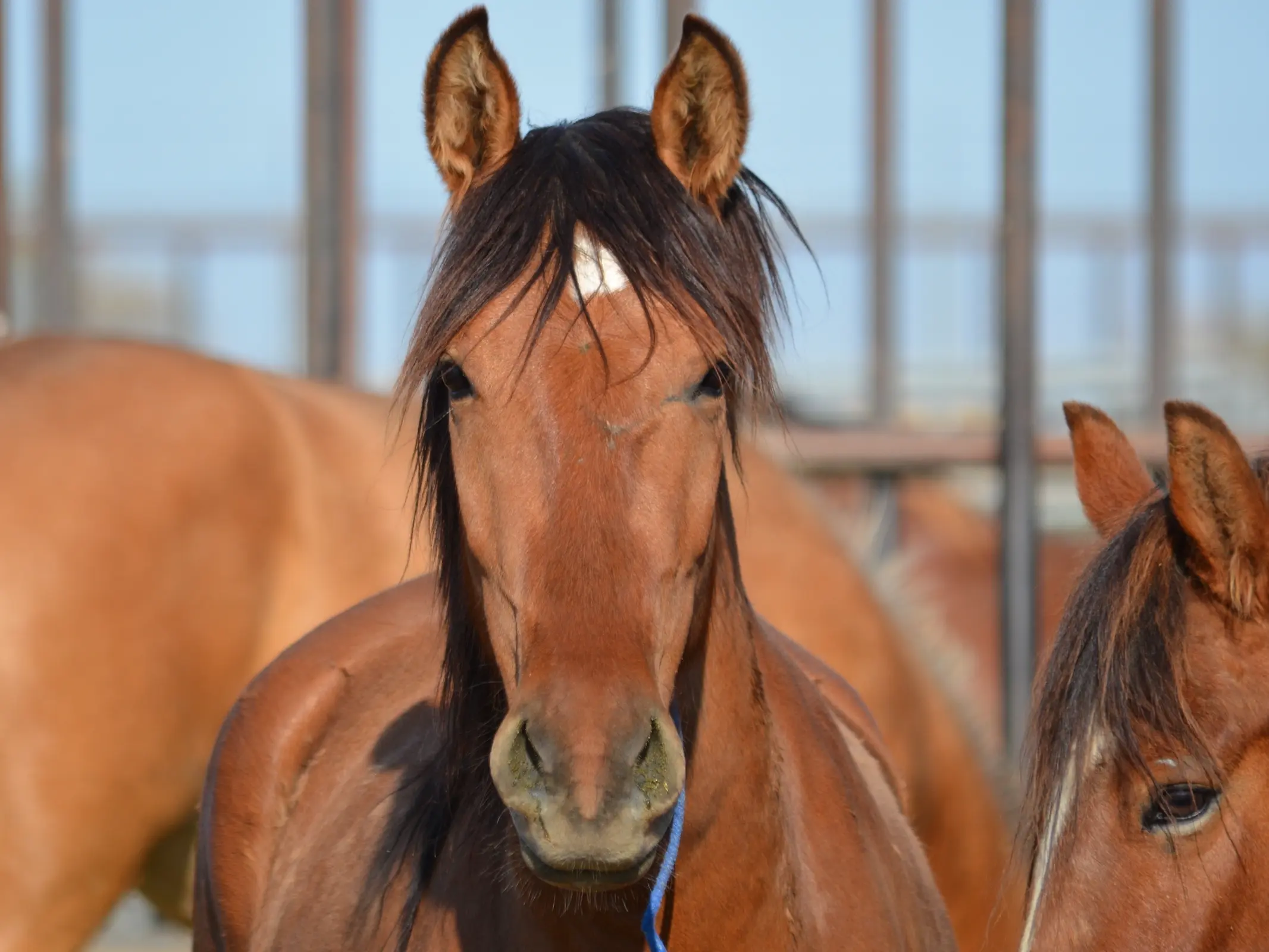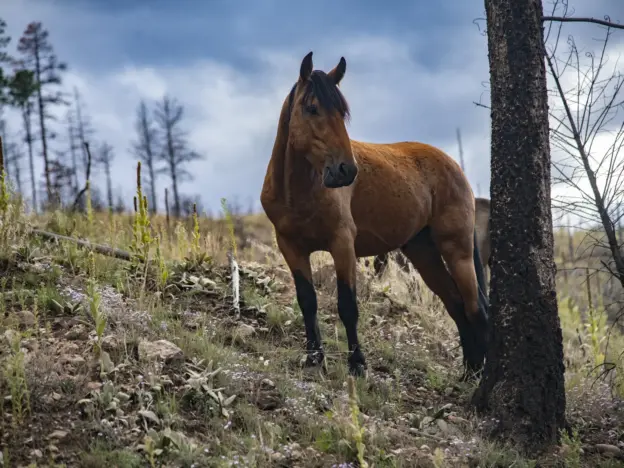Intro
The American mustang is said to symbolize the freedom of the wild west of the Americas. The word mustang comes from the Spanish word, mestena which is roughly translated as a group of wild horses.
Origins
The Mustang is a descendant of Spanish horses introduced in the 16th century by Spanish conquistadores. These imported horses formed wild herds after the Spanish conquests and continued to reproduce with local animals. Their bloodlines carry Barb, Jennet and Andalusian influence.
Keeping Track
The American Mustang Association (AMA) was formed in 1962 in San Diego, CA to preserve and document the pedigrees of American Mustang horses. Horses are registered to meet morphological standards and measurements in the hopes of preserving the characteristics of the original Spanish bloodlines. The specific physical attributes of registered animals are distinct and the animals cannot be registered under another breed registry.
Features
Average height 13.2 – 15 hands
As Barb descendants, a true mustang should have 17 ribs & 5 lumbar vertebrae.
Symmetrical, smooth muscled and well proportioned
Physique
Head is refined with a tapering muzzle, carried high and proud
Neck is crested and high set
Shoulder is long and sloping
Back is short and hindquarters are muscular
Deep girth
Low set tail
Legs straight and sound without coarseness
Hooves are wide at the base and dense
Traditional Colors
Can be any color due to bloodline dilution, although more traditional Spanish horse coloring is valued including roan, dun and buckskin.
Temperament
The mustang is a wild animal
Stubborn tendencies
Highly spirited
Full of vigor
Use
General riding
Cow horse
Trail horse
Carriage horse
Helpful Links
* All links open in a new window
American Mustang & Burrow Association
North American Mustang Association & Registry
American Wild Horse Conservation
Where to Buy
More Images
